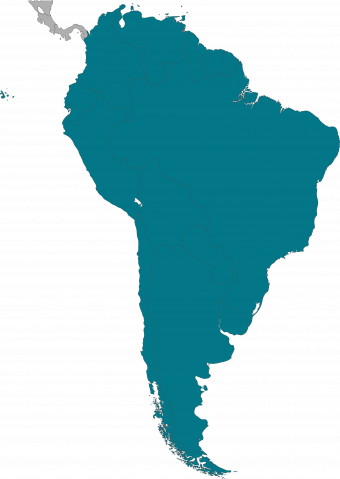South America
Recent Activity
Recent Activity
Más de 4 millones de venezolanos han migrado a otros países de América Latina y el Caribe, lo que ha generado preocupación sobre cómo estas llegadas están afectando a las comunidades receptoras. Algunos políticos y expertos han afirmado que la migración está provocando un incremento en la delincuencia, un argumento que este informe examina a través de un análisis detallado de los datos de Chile, Colombia y Perú.
Los países de América Latina y del Caribe se están enfrentando a un desafío doble. Por un lado, deben manejar un flujo masivo de venezolanos entrando a sus países, mientras que, al mismo tiempo, deben enfocar sus esfuerzos en controlar el virus del COVID-19. Esta ficha técnica presenta un perfil regional de los migrantes y refugiados venezolanos que viajaron a través de 11 países.

















